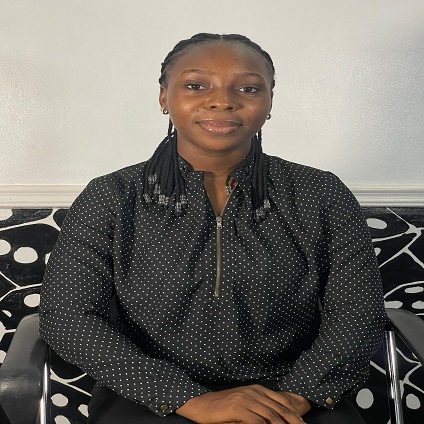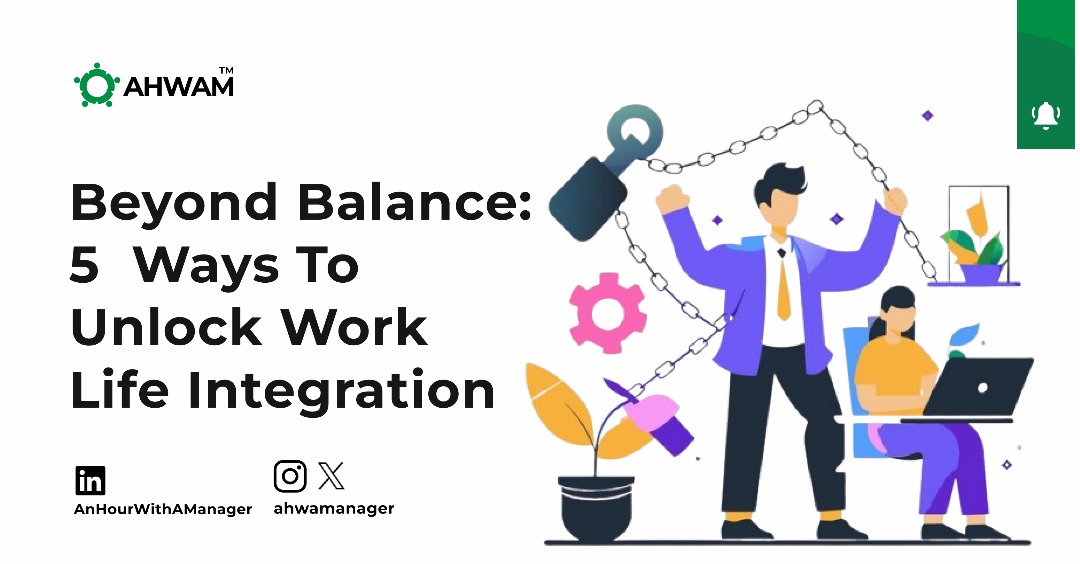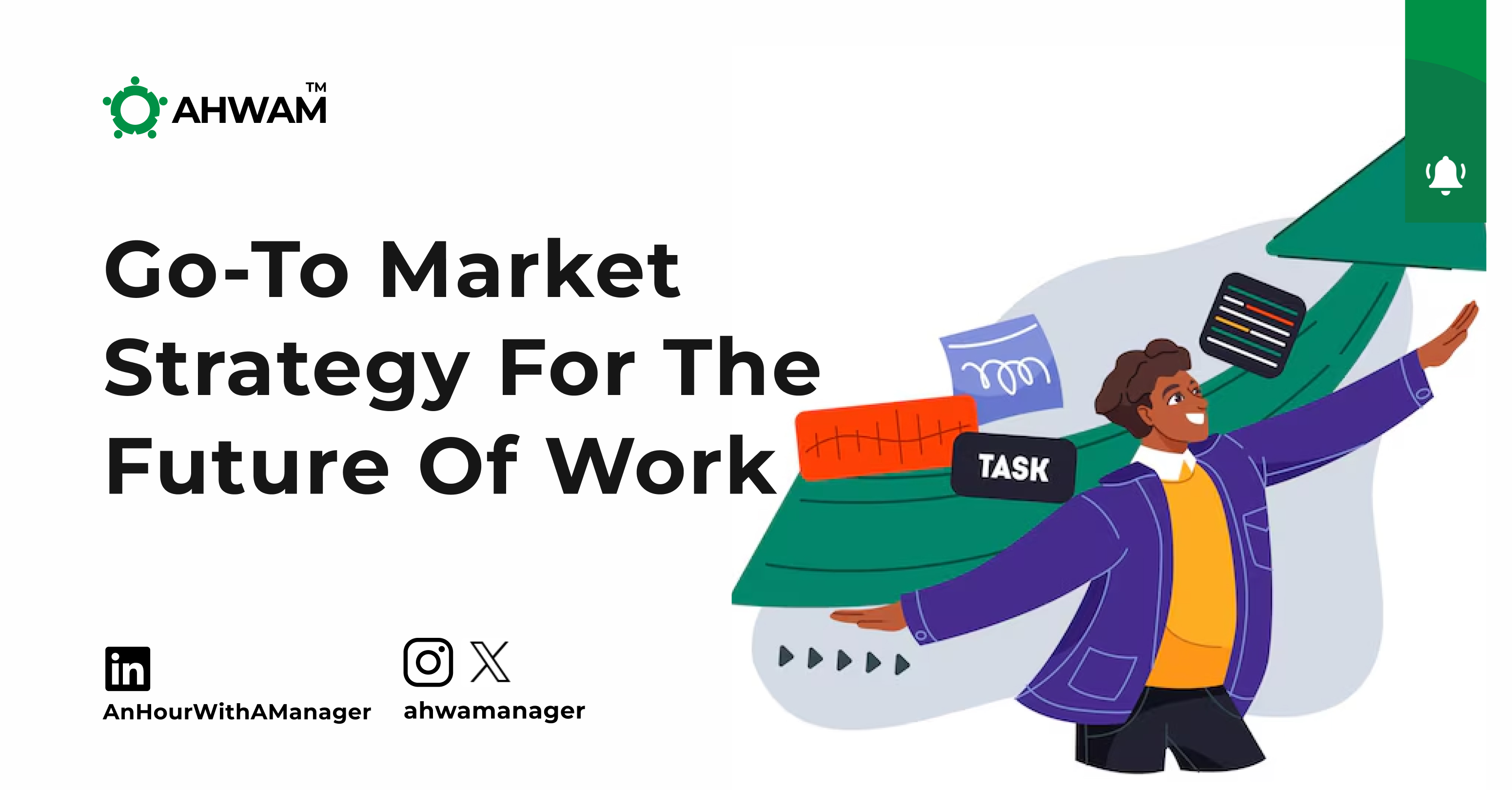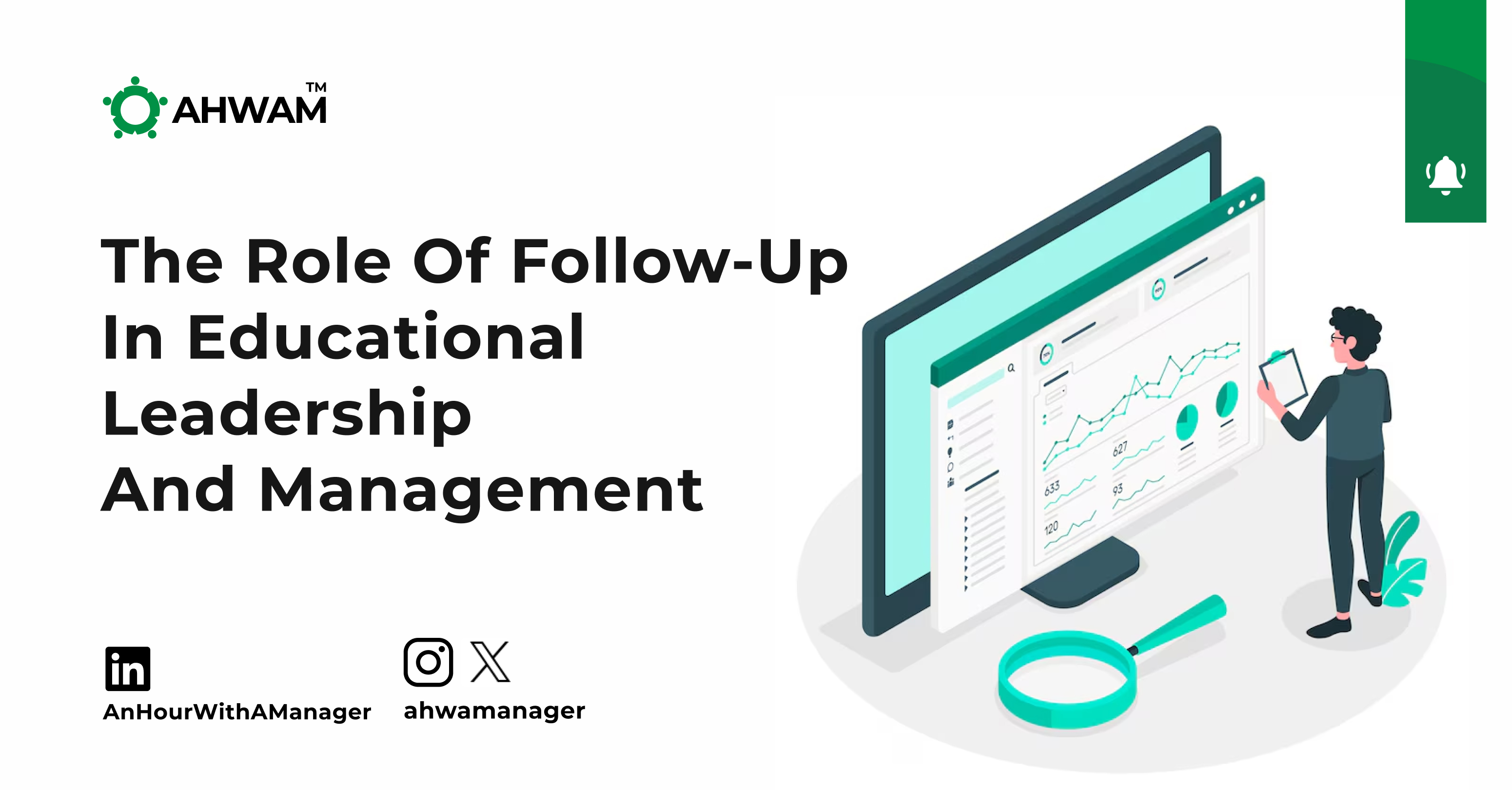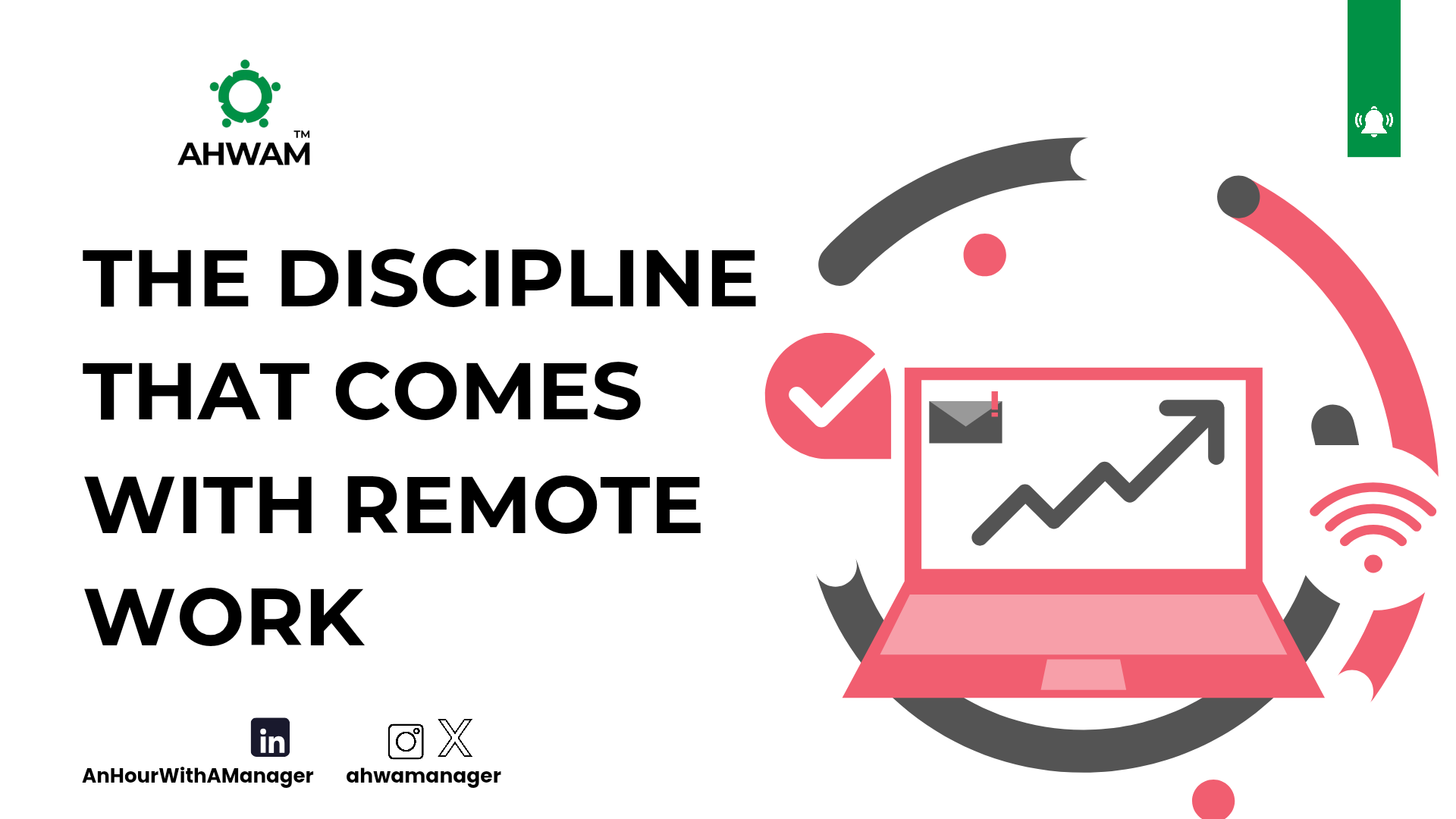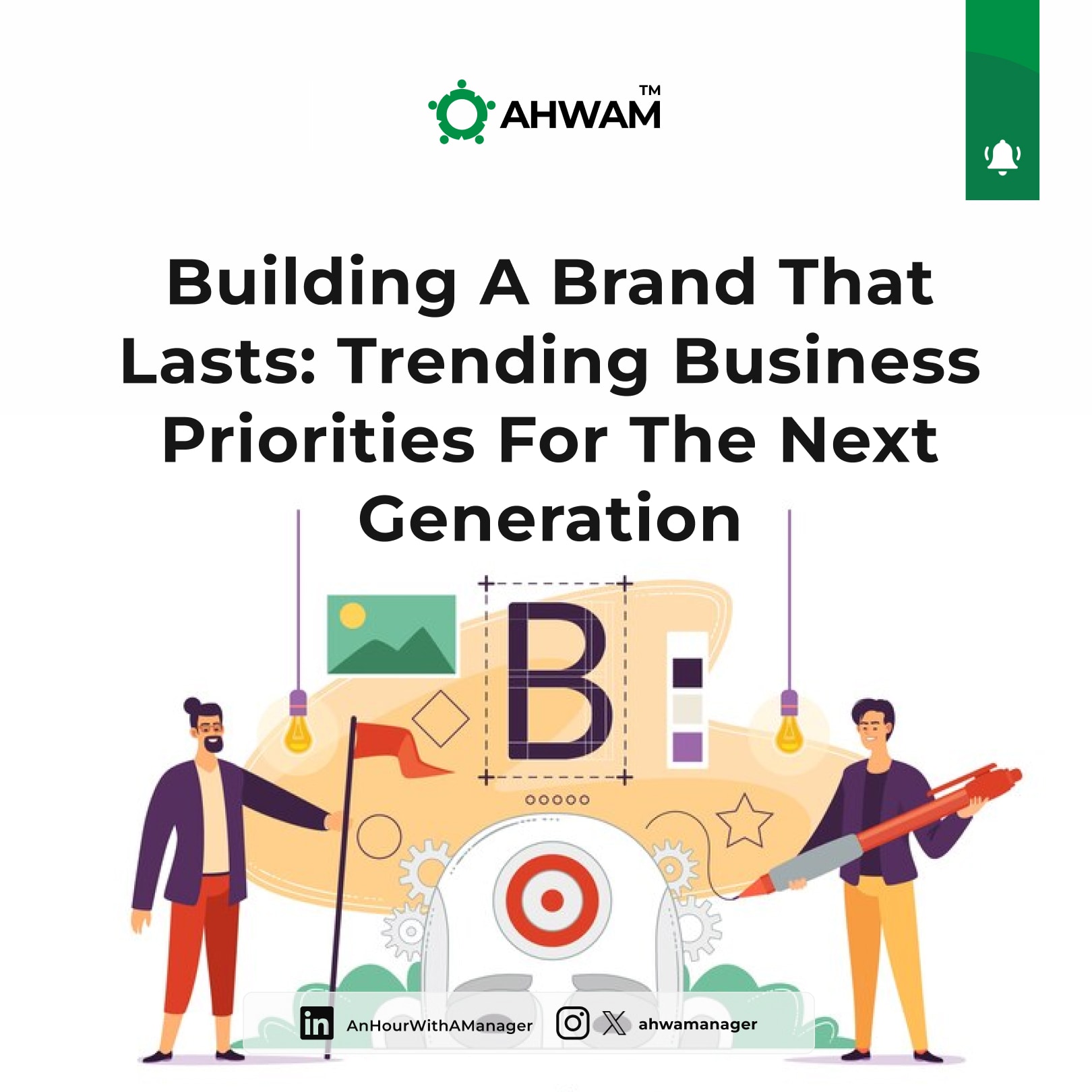In recent years, artificial intelligence (AI) has made significant progress in the creative field and raising important questions about its impact on artists. From AI-generated paintings to music compositions and even written content, the lines between human and machine creativity are becoming increasingly blurred. This newsletter sets out to explore whether AI is empowering artists by providing new tools for innovation or if it is slowly taking away the very essence of artistic expression and human touch, threatening to replace human creators altogether.
AI as a Creative Partner
AI offers a wide range of tools designed to assist artists in their creative process. Software powered by machine learning can generate ideas, enhance technical execution, and even help with repetitive tasks like color correction, sound mixing, or storyboarding. These tools allow artists to focus on the more conceptual and emotional elements of their work, essentially enhancing their productivity and pushing the boundaries of their creativity.
What AI can do
- Generate Creative Content: AI can produce various forms of creative content, including visual art, music, and writing. Tools like DALL-E can generate unique images from text prompts, while platforms like Amper Music create original music compositions tailored to specific moods or genres.
- Enhance Workflow Efficiency: AI tools can automate repetitive tasks, such as image editing, sound mixing, and even data organization. This allows artists to focus on the more conceptual aspects of their work, improving overall productivity. For example, Adobe’s Sensei uses AI to streamline design processes, making it easier for designers to create high-quality work.
- Assist in Idea Generation: AI can help artists brainstorm ideas by analyzing vast datasets and suggesting creative concepts based on existing works. Tools like ChatGPT can generate writing prompts, character ideas, or plot suggestions, serving as a springboard for human creativity.
- Personalize User Experiences: AI can analyze user preferences and behaviors to create personalized experiences. In industries like gaming or film, AI algorithms can recommend content tailored to individual tastes, enhancing engagement and satisfaction.
- Analyze and Optimize Creative Works: AI can evaluate creative works based on audience reactions, trends, and data analytics. For instance, it can provide insights into what elements make a particular song or artwork successful, helping creators refine their work for better impact.
What AI Cannot Do
While AI can generate impressive results, it still struggles with one critical aspect which is the emotional element of art. Artistic expression is deeply tied to the human experience, 
- Experience Human Emotion: AI lacks the capacity for genuine emotional experience. While it can analyze and replicate emotions in creative outputs, it cannot understand or feel emotions as humans do, limiting its ability to create art that resonates on a personal level.
- Produce Originality: AI generates content based on existing data and patterns, meaning it lacks true originality. While it can remix and combine ideas, it cannot conceive entirely new concepts or challenge the status quo in the way human artists can.
- Understand Cultural Context: Art is often a reflection of cultural nuances and social dynamics. AI struggles to grasp the complexities of culture, history, and societal issues, which are vital in creating art that is relevant and impactful in today’s world.
- Exhibit Intuition and Judgment: Artists rely on intuition and personal judgment to guide their creative processes. AI operates based on algorithms and data, lacking the intuitive decision-making that often leads to groundbreaking or innovative art.
- Build Genuine Human Connections: Art often aims to foster connections between the creator and the audience. AI cannot engage in authentic human interactions, making it difficult for it to create work that evokes deep emotional connections or shared experiences.
Let’s take you on a smooth career ride, Join our magazine wait-list!
Launching Our Magazine: Our upcoming magazine will deliver exclusive content, industry insights, and practical tips directly to you. Don’t miss out, join our waitlist today for early access: https://anhourwithamanager.com/magazine-waitlist
These projects are a testament to our commitment to providing you with the best resources and tools to support your professional journey. However, achieving these milestones takes time and patience, and we appreciate your ongoing support and understanding.
Join Our Slack Community: Connect with like-minded professionals, enjoy exclusive benefits, and be part of our vibrant network. Join here: https://join.slack.com/t/managerschatroom/shared_invite/zt-2okp81hpi-FW3bWyqueY~~WOcbzysMDg.
Subscribe to Our Newsletter: Stay informed about our latest updates, insights, and special offers. Subscribe here: https://anhourwithamanager.com/newsletter
Summary
So, is AI enhancing or replacing artists? The answer is a bit complex. AI is undeniably enhancing many aspects of the creative process by offering new tools and efficiencies that allow artists to focus on what they do best—conceptualizing, storytelling, and creating emotional connections. However, as AI becomes more capable, the threat of automation replacing certain types of artistic jobs is real, particularly in commercial sectors. The key moving forward will be to strike a balance where AI is seen as a powerful creative partner rather than a replacement. By embracing AI’s potential and leveraging its capabilities, artists can expand their creative horizons while preserving the irreplaceable human touch that makes art so uniquely powerful.



